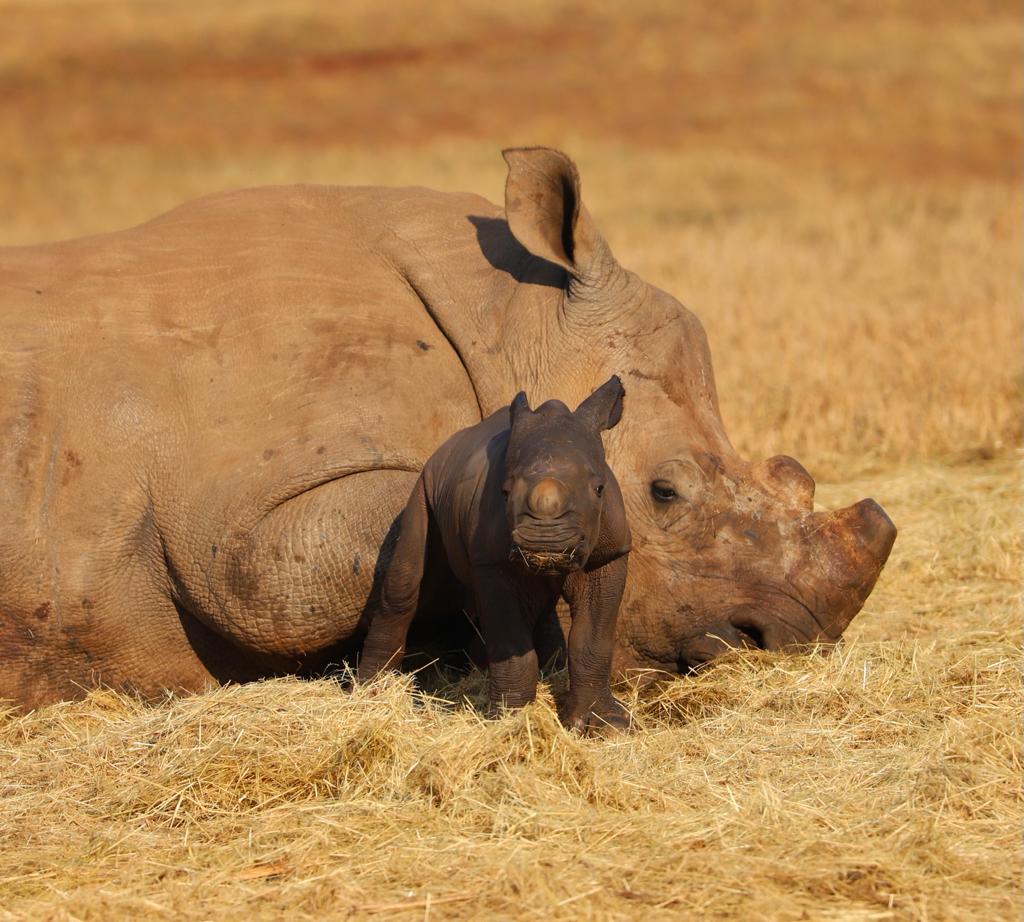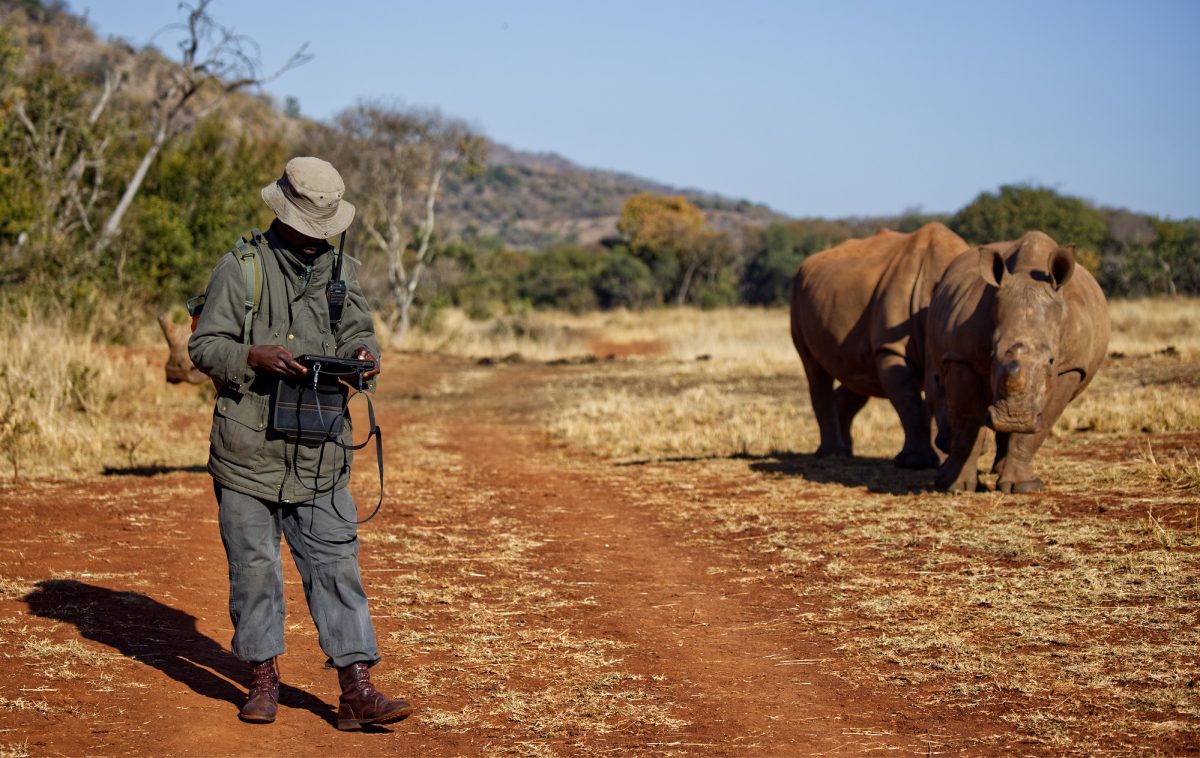The South African wildlife sanctuary Care for Wild is on a mission to save orphaned rhinoceros calves. The complex process of raising the young animals and releasing them into the wild is monitored in painstaking detail. The sanctuary staff are using robust tablets by ECOM instruments for help.
The Care for Wild Rhino Sanctuary has rescued hundreds of baby rhinos over its history, including Oz, who was adopted by Pepperl+Fuchs. In recent years, there has been a slight decrease in poaching, which is what kills the mothers, says Samuel Cilliers, who works at Care for Wild in the role of Tech Manager: “We had extremely high losses in the past decade and had to take in as many as six orphaned young rhinos in a month. Luckily, that number has decreased significantly in the meantime.”

have been received monthly at the Care for Wild Rhino Sanctuary.
Without their mothers for protection, the calves are easy prey for predators. When they come to Care for Wild, they are often completely dehydrated, with severe injuries. The first step is to give them veterinary care in the emergency room. That is followed by a rehab program, during which they are fed and nursed back to health. During the program, they also come into contact with other orphaned rhinos. This helps them forge important social ties, since in the wild, female and younger animals live together in small groups, while bulls roam around on their own. These units give the young animals the support they need at that stage and in the following phases. After the rehab program, they move to an enclosure that is similar to a wildlife park, where they take their first steps toward independent living in the wild.
Eat, sleep, run
Through it all, rhino monitors – sanctuary staff who have received special training in monitoring and supporting the animals – keep track of what the animals are doing. They keep detailed records of how the animals are faring and behaving. “We collect a lot of data, for example on what the individual calves eat and excrete, how they are doing health-wise, what the group dynamics are like, and how much time they spend sleeping, walking around and running, or fighting with others,” explains Cilliers.
The rhino monitors use tablets from the Tab-Ex 02 DZ2 series produced by ECOM instruments to record all the detailed data. Pepperl+Fuchs donated four of these devices to Care for Wild and assisted with connecting them to the sanctuary’s database. “The devices were actually developed for use in tough conditions, from harsh industrial environments to hazardous areas – ranging from the chemical, mining and oil and gas industries through to the petrochemical sector and refineries,” explains Paticence Moliloa, Internal Sales Engineer at Pepperl+Fuchs in South Africa. “It is nice to see that these high-tech tablets are also useful for monitoring rhinos.”
The devices are also equipped with SIM cards, so the information is transmitted directly via mobile radio when there is a connection. A Wi-Fi connection to the database is automatically established when the devices are charged at the rhino sanctuary.
Cilliers confirms: “The devices are a big help with our work. We can link the data with photos, which we can also take right away with the tablets. In addition to keeping records about the rhinos in our care, it takes very little effort to log other kinds of important information or send out notices.” That includes things like sightings of other rare animals and reports of damage to fences and paths.
The tablets also help with the constant fight against illegal hunting. The rhino monitors use them to log any indication of potential poaching activities, such as suspicious vehicles or signs of unauthorized access in protected zones. This information is sent in real time to special ranger units, some of which patrol on horseback or work with trained dogs for tracking. The data are also available for targeted use of drones and thermal imaging cameras to track down poachers. These considerable efforts by the state and park management staff have likely contributed to the decline in illegal wildlife shootings.
And there’s more good news from the rhino sanctuary: “Just recently, we celebrated the birth of Lizzy, the first baby rhino born to orphaned parents,” Cilliers says. “We didn’t know how the young mother would behave toward the baby, since she hadn’t had any older mother animals in her life as role models. But apparently her instincts kicked in and steered everything in the right direction. We know from the rhino monitors’ tablet records that the young family is doing great.”
Watch now! In this video you can find out more about the important work done at the Care for Wild Rhino Sanctuary.



